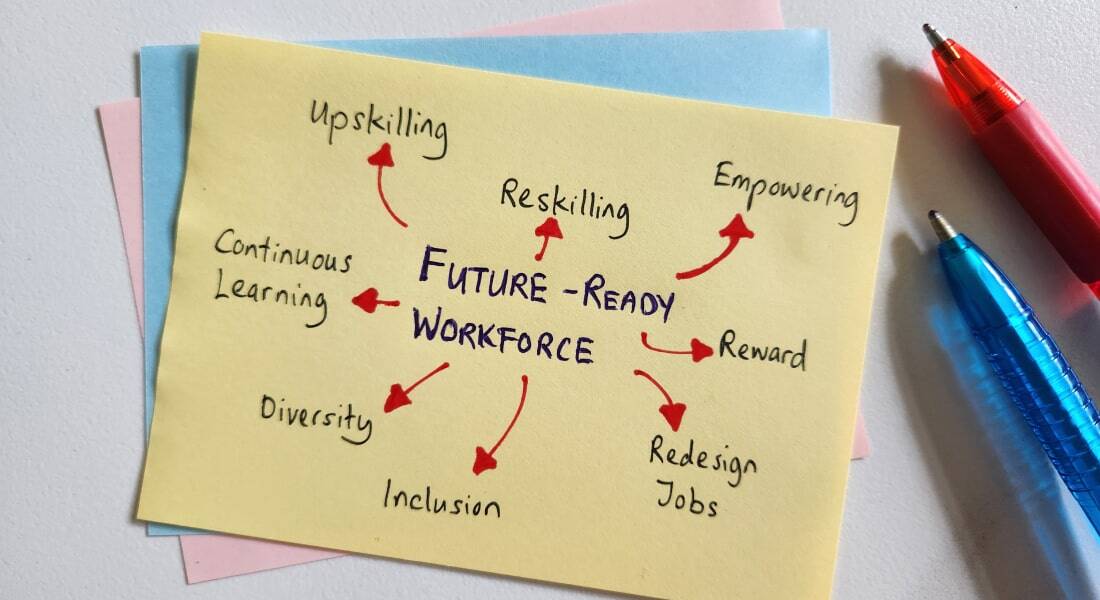How Diversity and Inclusion Fuel Workplace Excellence [Infographic]
![How Diversity and Inclusion Fuel Workplace Excellence [Infographic] How Diversity and Inclusion Fuel Workplace Excellence [Infographic]](https://blog.commlabindia.com/hubfs/blogs/why-diversity-inclusion-workplace-infographic-1.jpg)
The importance of a diverse and inclusive workforce cannot be emphasized enough, it's a place where the employees are valued. Moreover, diverse and inclusive organizations find and nurture the best talent, thereby enhancing employee engagement.
According to McKinsey, diverse companies are 35% more likely to outperform. A diverse workforce equals a happier and healthier workforce having greater access to the talent and skillsets they need for their organizations to thrive.
How Diversity and Inclusion Contribute to a Better Workplace
Creativity and Innovation
Diversity within teams is a potent driver of innovation and creativity in the workplace. When individuals from various backgrounds, cultures, and experiences collaborate, they bring a rich flow of perspectives to the table. Diverse teams have the capacity to break free from the confines of traditional thinking, opening doors to new horizons of creativity.
In essence, diversity and the creativity it inspires act as a driving force behind the evolution and growth of organizations, enabling them to adapt, innovate, and thrive in an ever-changing business landscape.
Talent Attraction and Retention
Prioritizing Diversity and Inclusion (D&I) in the competitive landscape is essential for talent attraction and employee retention. Commitment to D&I creates a workplace where everyone's contributions are valued and resonates with a broad spectrum of job seekers, as it conveys that the company respects diversity and is likely to offer a work environment where individuals can bring their authentic selves to work.
Once talent is onboarded, the importance of D&I extends to retention. Inclusive environments tend to foster a sense of belonging among employees, making them more likely to stay with the organization for the long term. Consequently, organizations that prioritize D&I often experience lower turnover rates.
→ Download Now: Master eLearning Translations [Infographic]
Enhanced Customer Relations
Diversity in teams goes beyond fostering internal collaboration; it extends to enhancing external relationships with a diverse customer base. Diverse teams are better equipped to relate to customers on a personal level, as they understand the cultural nuances, values, and perspectives that matter to their clients. This deeper level of understanding facilitates stronger rapport and empathy, which are fundamental in building trust and long-lasting customer relationships.
Diverse teams can anticipate the diverse needs and preferences of their customer base, resulting in the development of products, services, and marketing strategies that better resonate with and cater to a broader audience.
Improved Employee Engagement
Inclusive environments have a profound impact on employee engagement, creating a workplace where every individual feels valued, respected, and empowered to contribute their best. When employees believe that their unique perspectives and backgrounds are recognized and appreciated, it boosts their morale and motivates them to actively participate in their roles. Consequently, they become more engaged, dedicating their energy and creativity to their tasks, which ultimately leads to increased productivity.
Engaged employees are more likely to go the extra mile, seek opportunities for personal and professional growth, and take ownership of their work. They become champions of the organization's success, actively contributing to its goals and objectives.
Diversity and Inclusion in a workplace is not just a matter of corporate responsibility, it's a strategic imperative! Want more insights? Here's an infographic to learn more.
Final Thoughts
In a workplace, where diverse backgrounds and experiences intersect, the role of translations in training for fostering diversity and inclusion cannot be overstated. Language barriers can be powerful dividers, but translations become the bridge that connects individuals, ideas, and cultures. By embracing inclusive translation practices, organizations send a clear message that they value and respect every voice. Here's an infographic with some best practices in eLearning translations to help you.




![eLearning Translations — Best Practices, Benefits, and Popular Tools to Ace the Game [Infographic]](https://no-cache.hubspot.com/cta/default/59327/dd57b506-439f-488f-932f-80e35be2f49e.png)


![Innovative Strategies to Foster D&I in Today's Workplace [Infographic]](https://blog.commlabindia.com/hubfs/blogs/diversity-inclusion-strategies-workplaces-infographic.jpg)